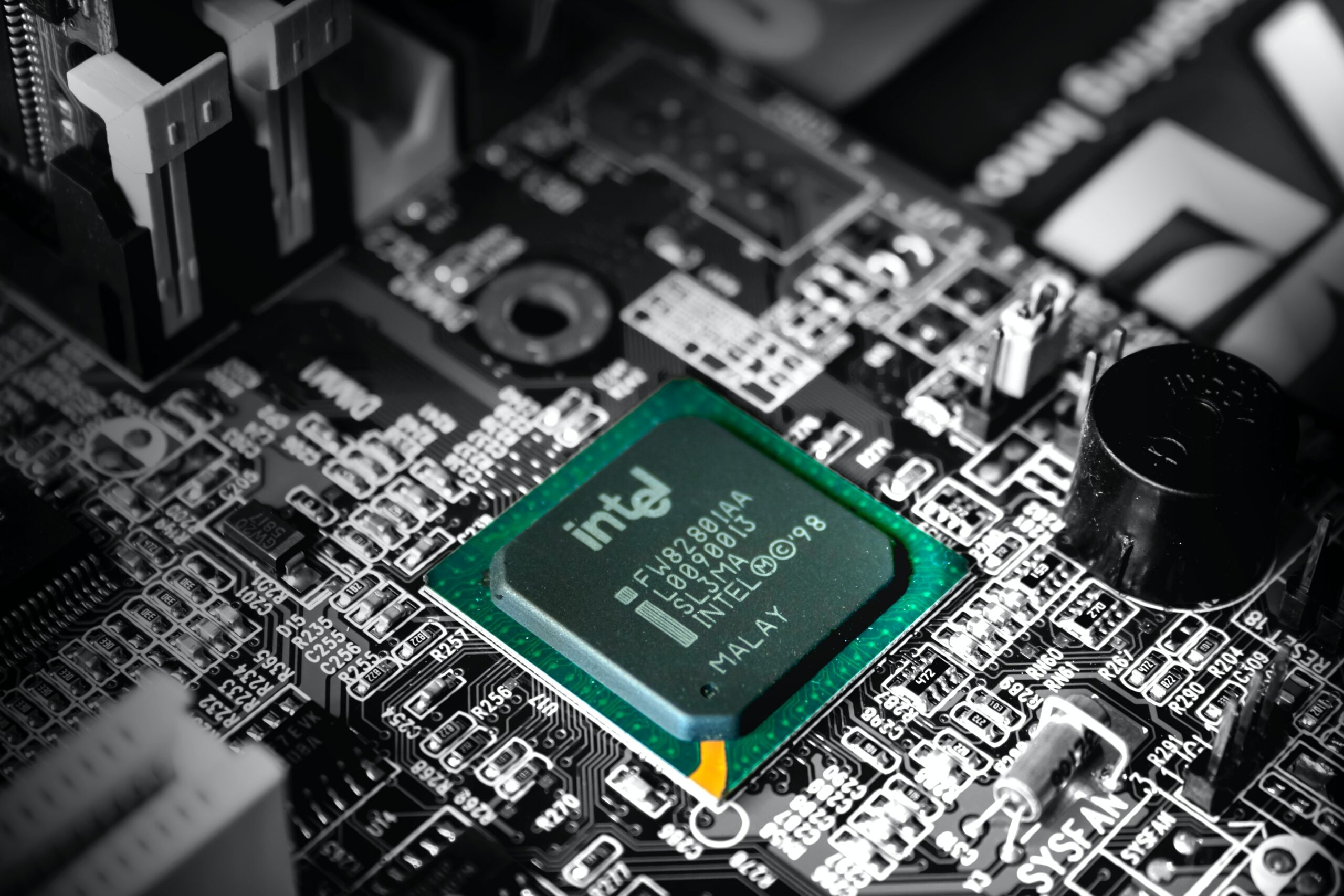In the past, Pentiums dominated Intel’s processor lineup and could be found powering most Windows laptops and PCs. They had a good long run of over 30 years of undisputed hegemony as far as entry-level chipsets were concerned. Then, in the mid-2000s, Intel began using the contemporary “Core” branding which highlighted the company’s then-new multi-core processor offerings. Even today, Pentium and Celeron continue to be Intel’s offerings that power the low-end desktop and laptop CPUs, albeit in a far limited capacity as compared to their golden days.
All that is said to change soon. Recently, Intel has revealed that it’ll be replacing the Pentium and the Celeron branding on its laptop chips and will be changing it to “Intel Processor” starting Q1 of 2023.
In the words of Josh Newman, VP at Intel, unifying the Pentium and Celeron platforms will go a long way in “simplifying Intel’s offerings so users can focus on selecting the appropriate processor for their needs.” Contrary to Newman’s goal, the name change doesn’t do much to simplify Intel’s current lineup.
The Pentium and Celeron chipsets are scattered across two separate product lines featuring two completely distinct architectures. While one is designed using low-power Atom cores, the other makes use of same Alder Lake architecture that is also used in Intel’s flagship CPUs.
At this point, it is not clear how many processors Intel plans on launching in Q1 of 2023. It is also not apparent which architectures the rebranded chipsets will be choosing going ahead. However, Intel’s focus on its vPro, Core and Evo brands for its flagships is clearly taking centerstage, even as the lower-end brands get unified into a single generic-sounding brand.




